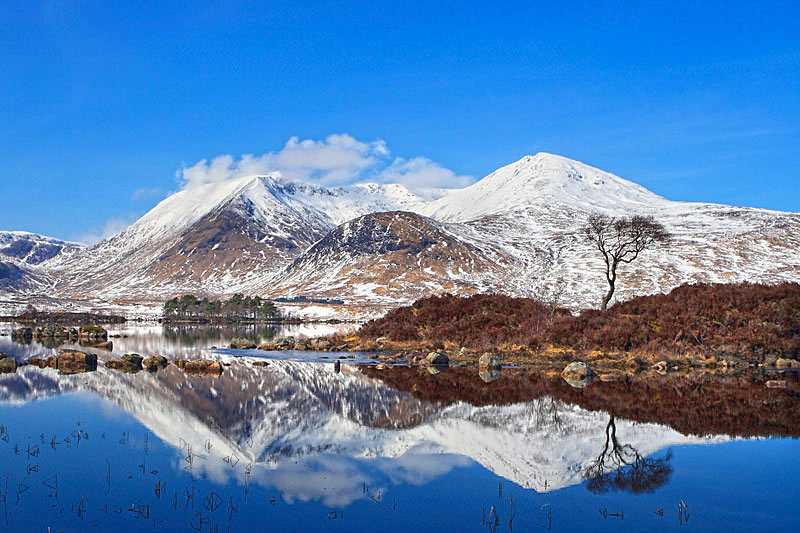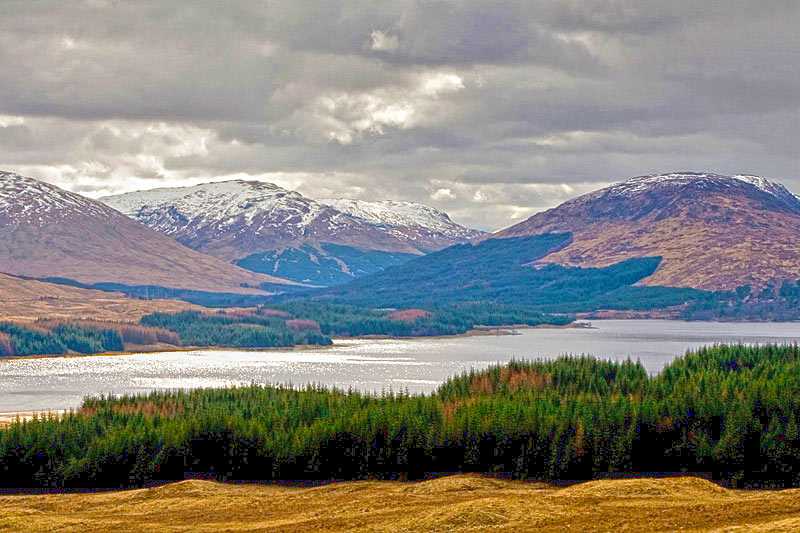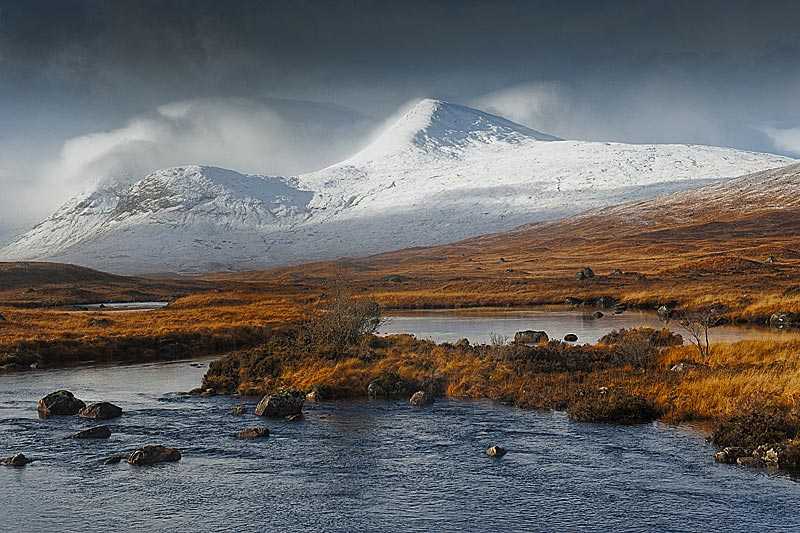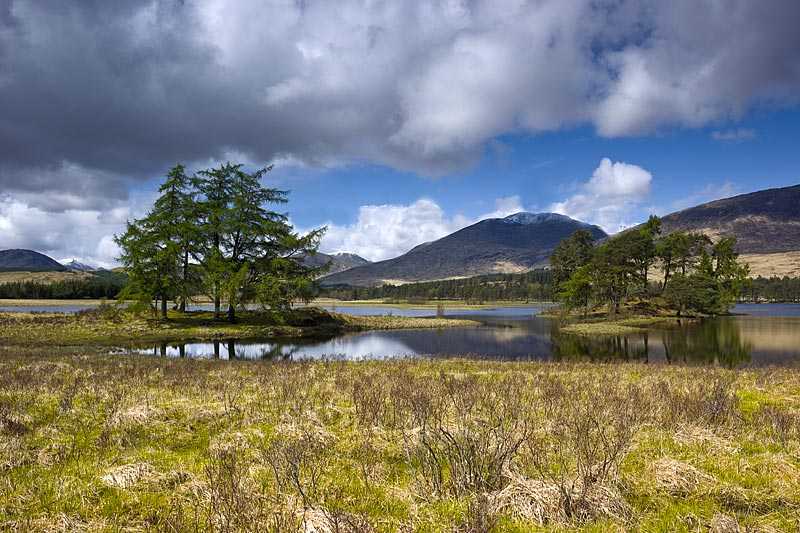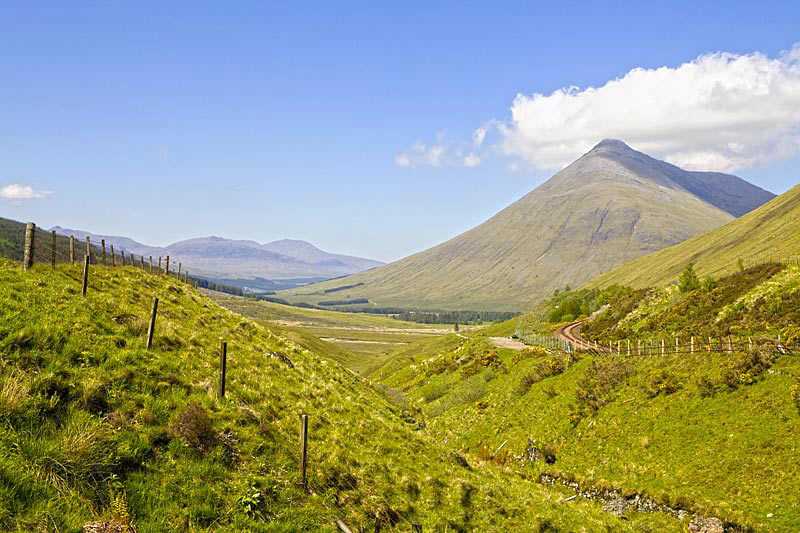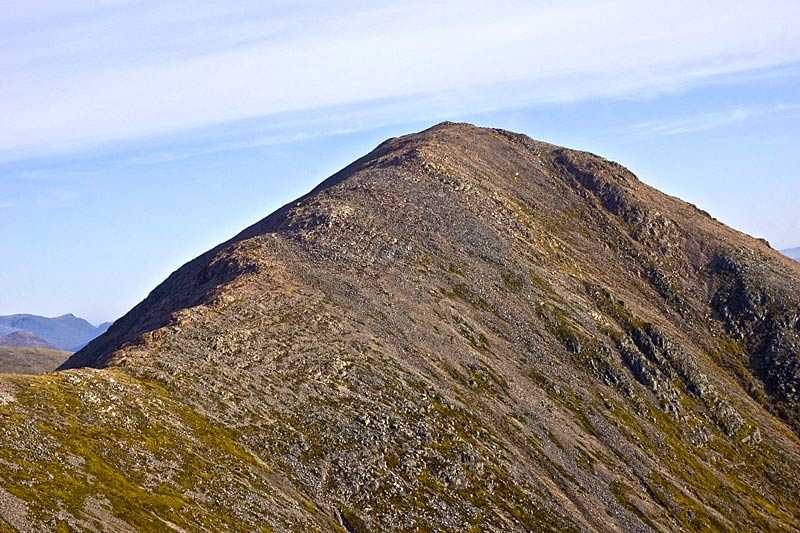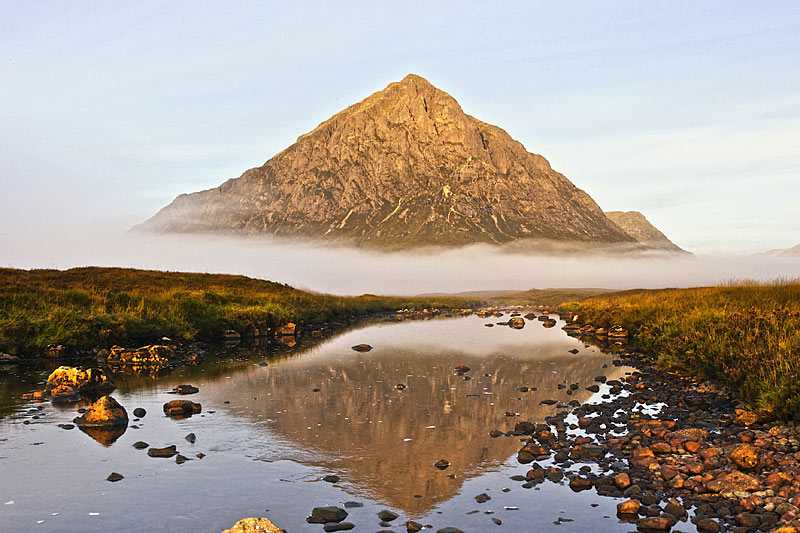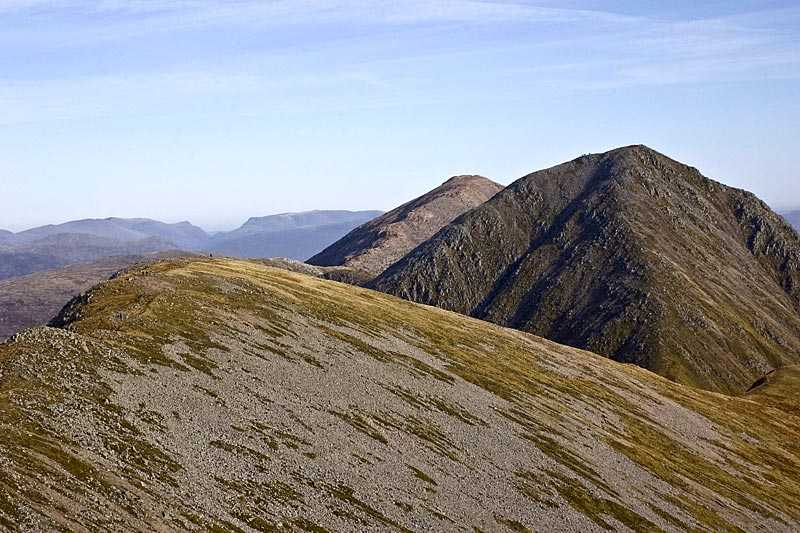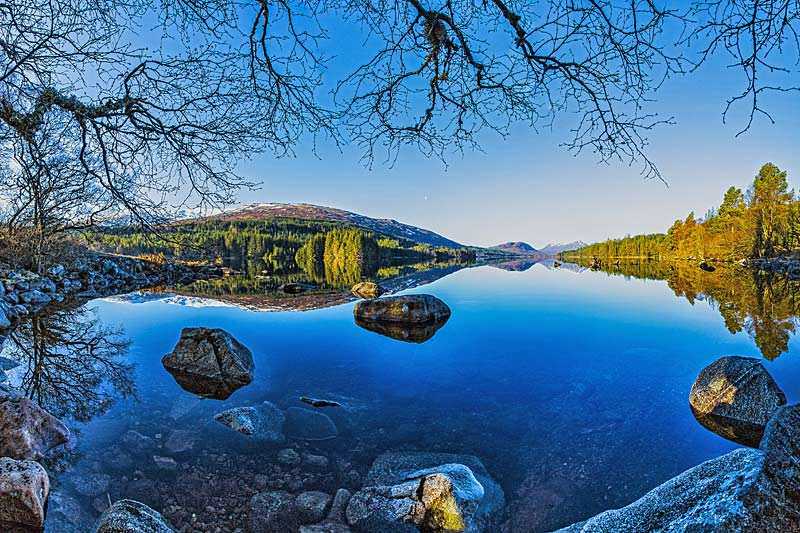Rannoch Moor
“A wearier looking desert a man never saw” is Robert Louis Stevenson’s description in Kidnapped for Rannoch Moor, which lies to the west of Loch Rannoch.
A peat moor, it covers around 129...
“A wearier looking desert a man never saw” is Robert Louis Stevenson’s description in Kidnapped for Rannoch Moor, which lies to the west of Loch Rannoch.
A peat moor, it covers around 129 km2 (~50 mi2) and lies at an average of 305 m (~1,000 ft) above sea level. Recognised as one of the last remaining areas of wilderness in Europe, it has been designated a Site of Special Scientific In...
Things to do near Rannoch Moor
Attractions near Rannoch Moor
Activities
About Rannoch Moor
“A wearier looking desert a man never saw” is Robert Louis Stevenson’s description in Kidnapped for Rannoch Moor, which lies to the west of Loch Rannoch.
A peat moor, it covers around 129 km2 (~50 mi2) and lies at an average of 305 m (~1,000 ft) above sea level. Recognised as one of the last remaining areas of wilderness in Europe, it has been designated a Site of Special Scientific Interest and a Special Area of Conservation for its rare and endangered wildlife and plantlife. It is the only location in Britain now where you can find the Rannoch-rush, an herbaceous perennial plant growing in the wet peat bogs, and is one of the few remaining habitats for the narrow-headed ant.
Created in the last ice age, the area is characterised by a dramatic array of natural features, lochs, lochans, streams, bogs and rocky outcrops.
